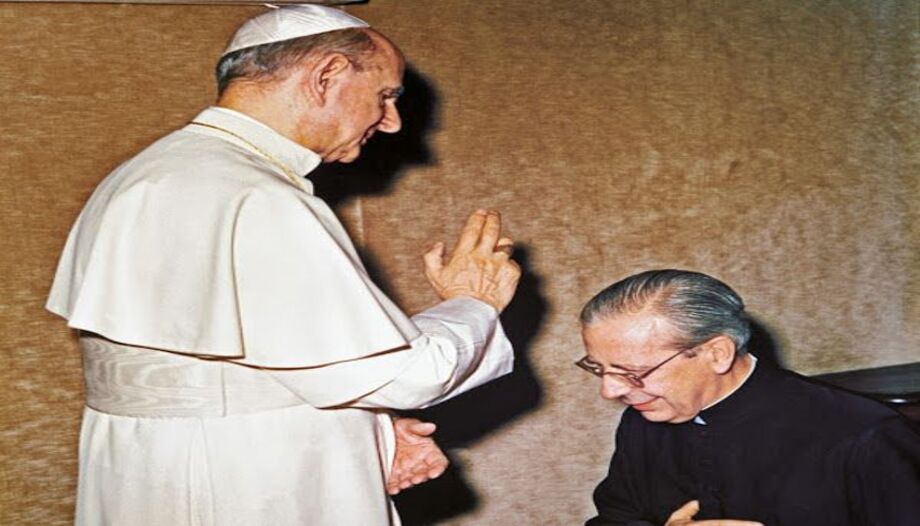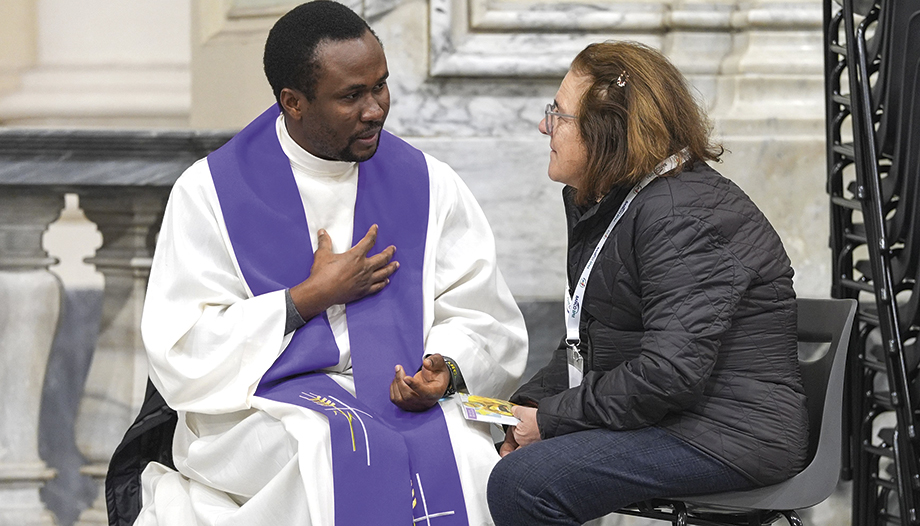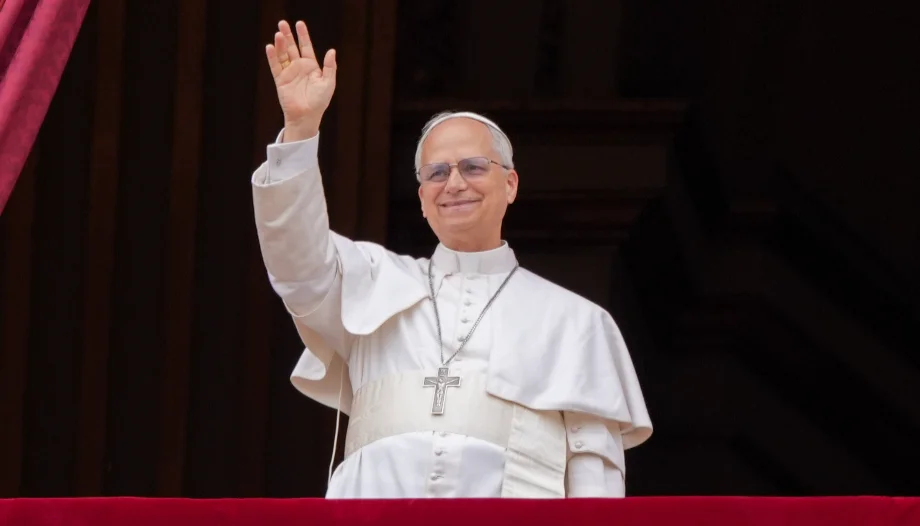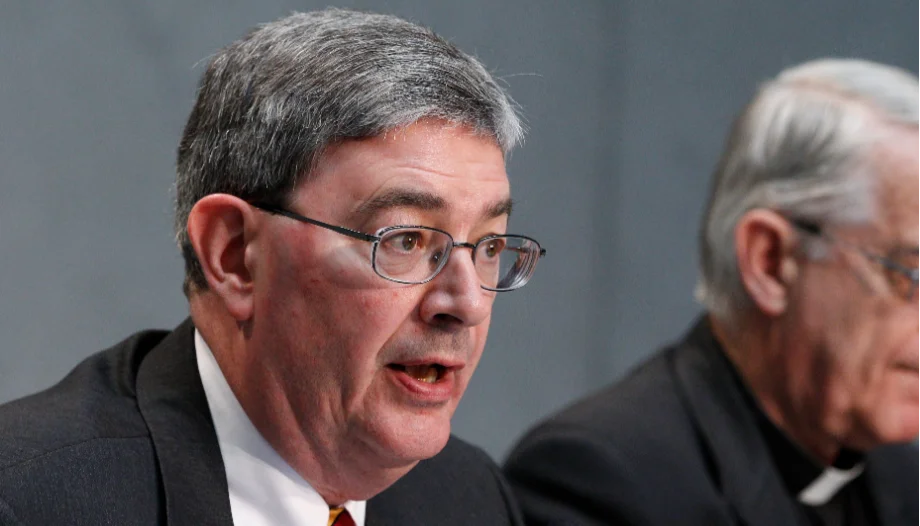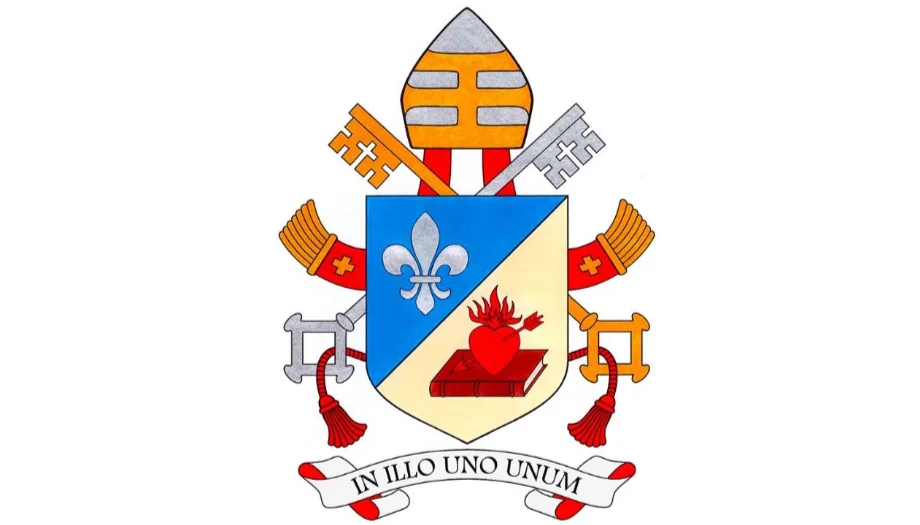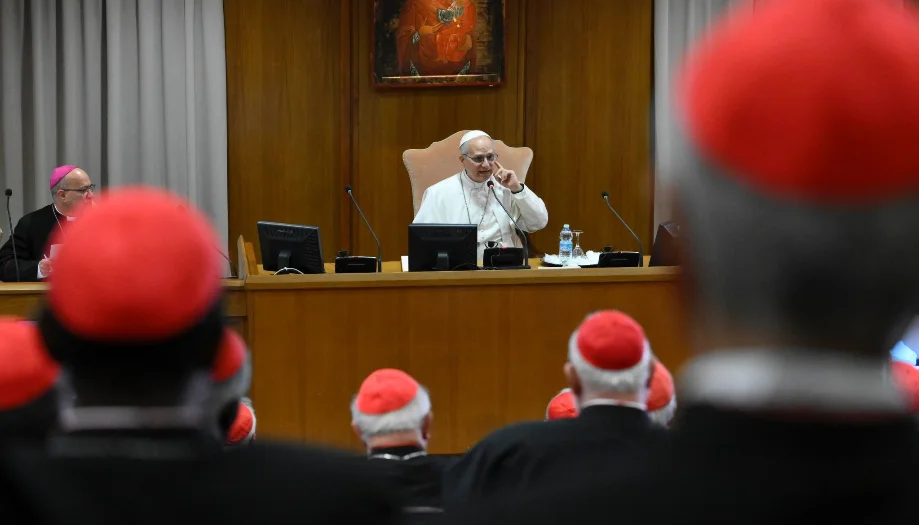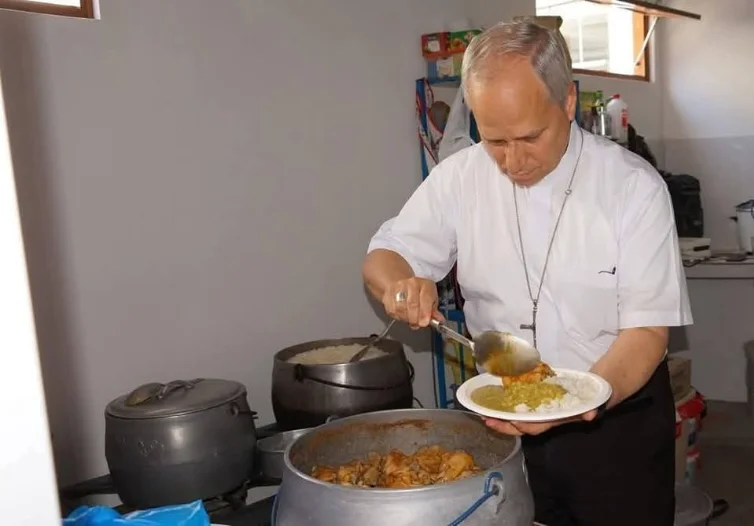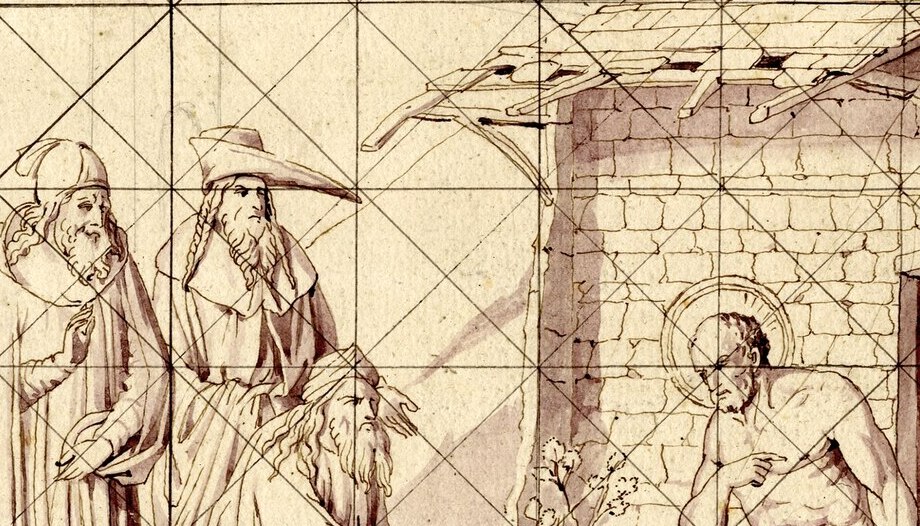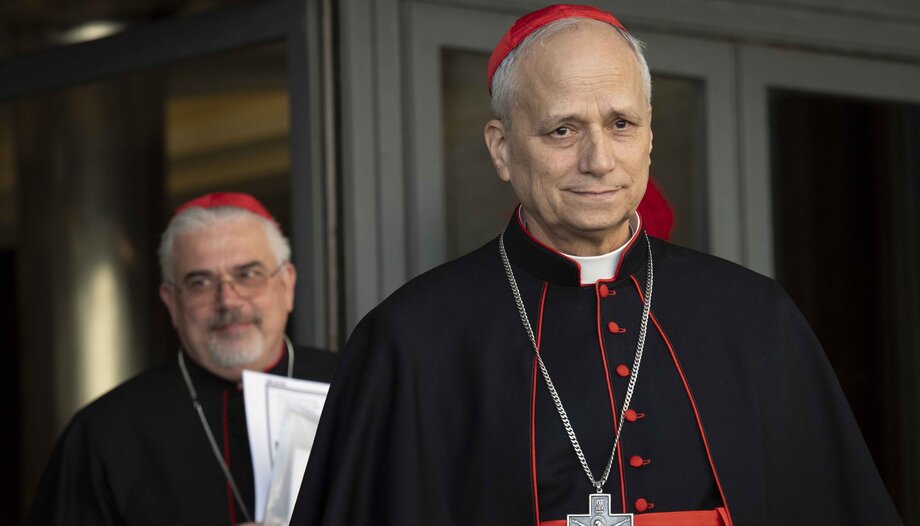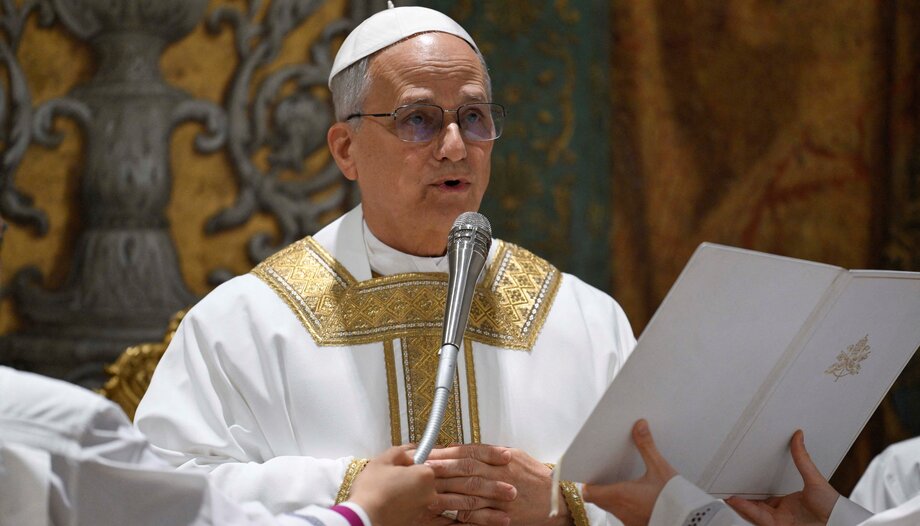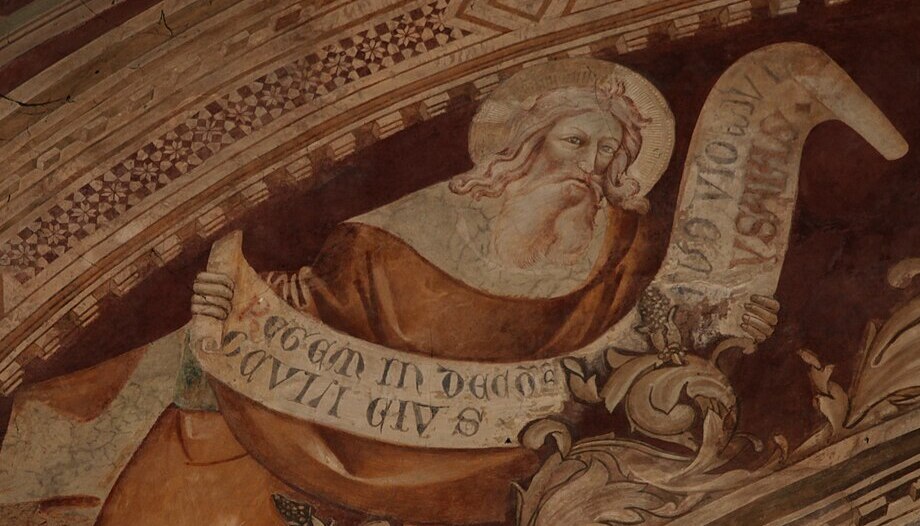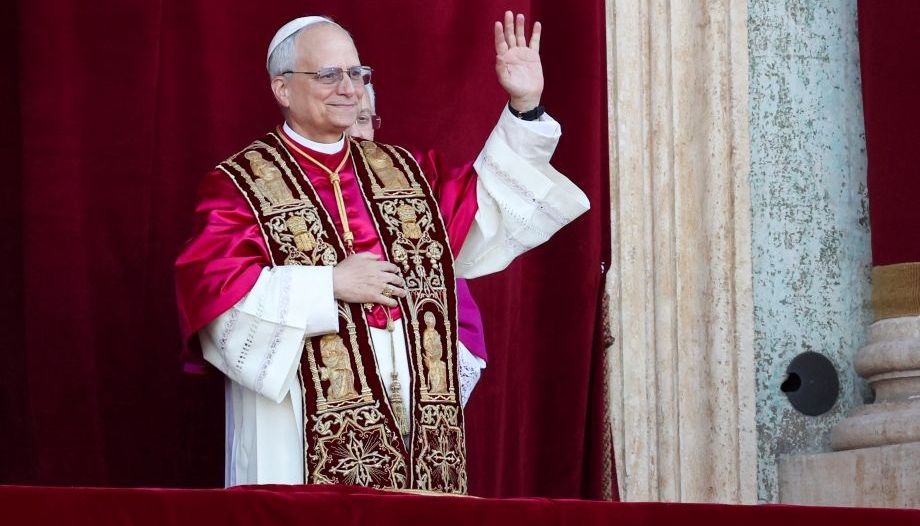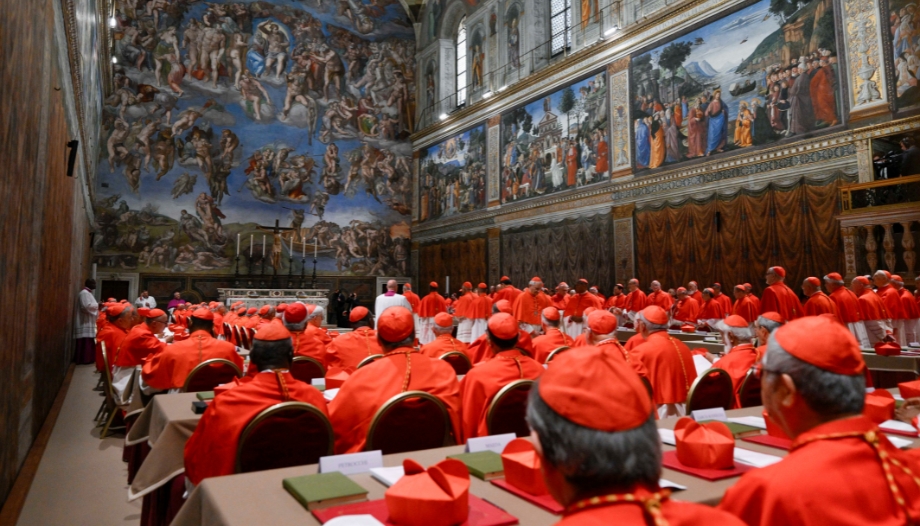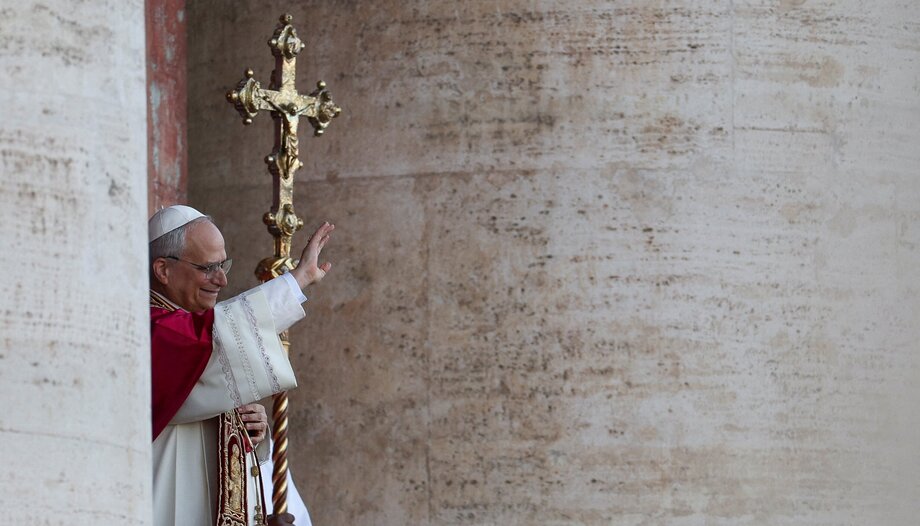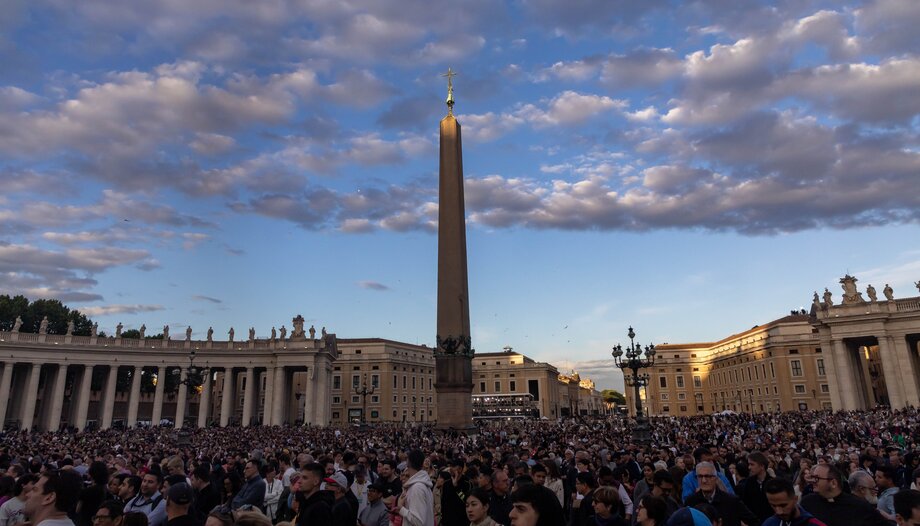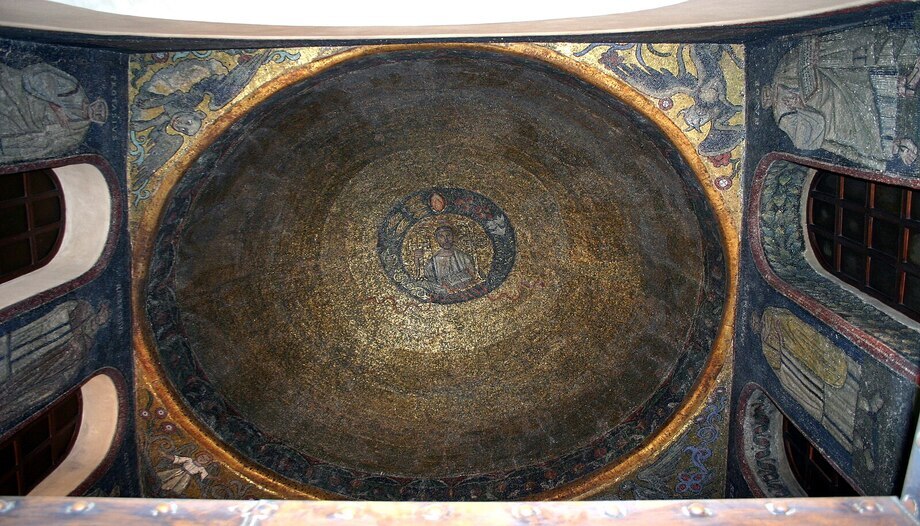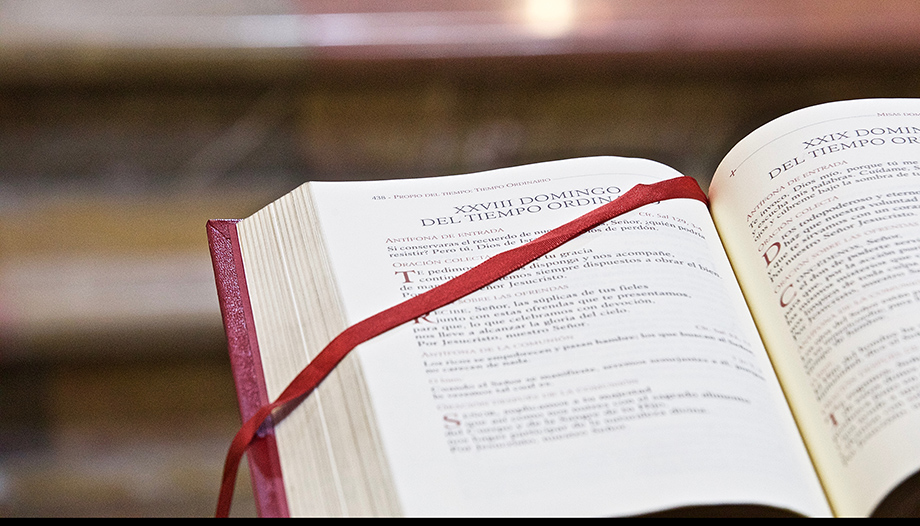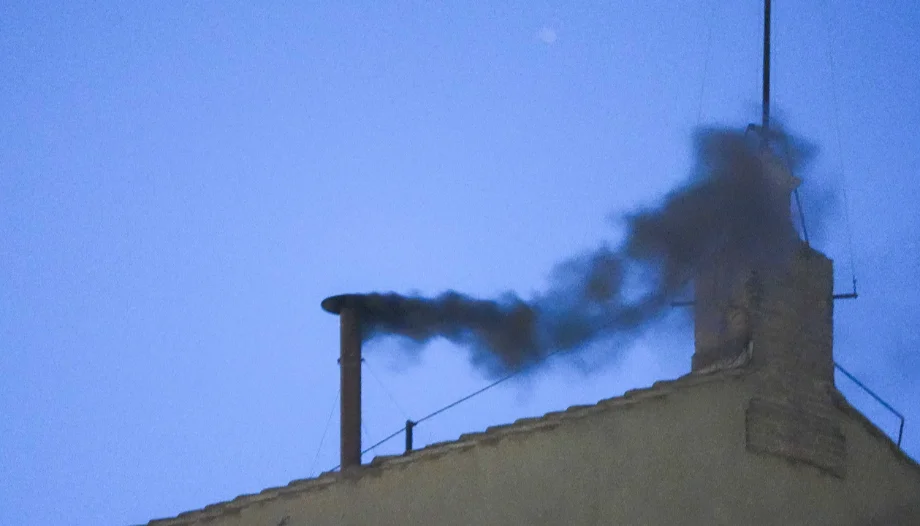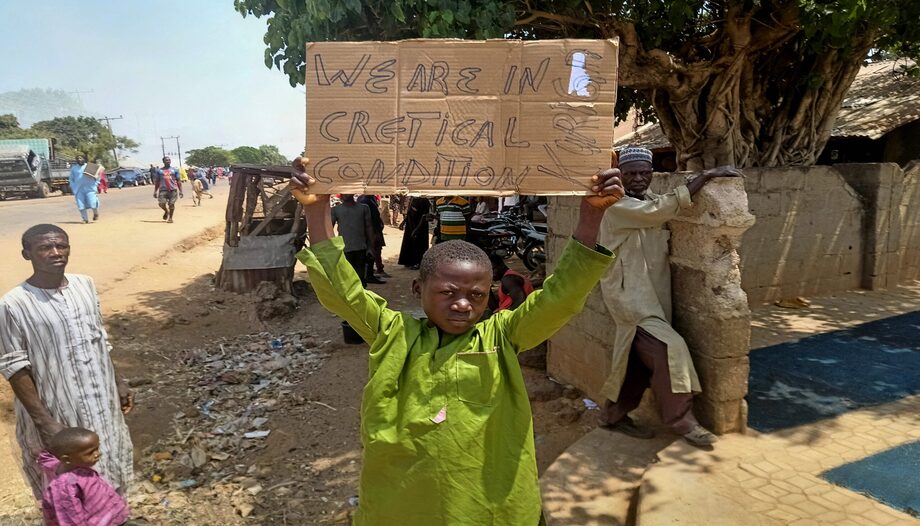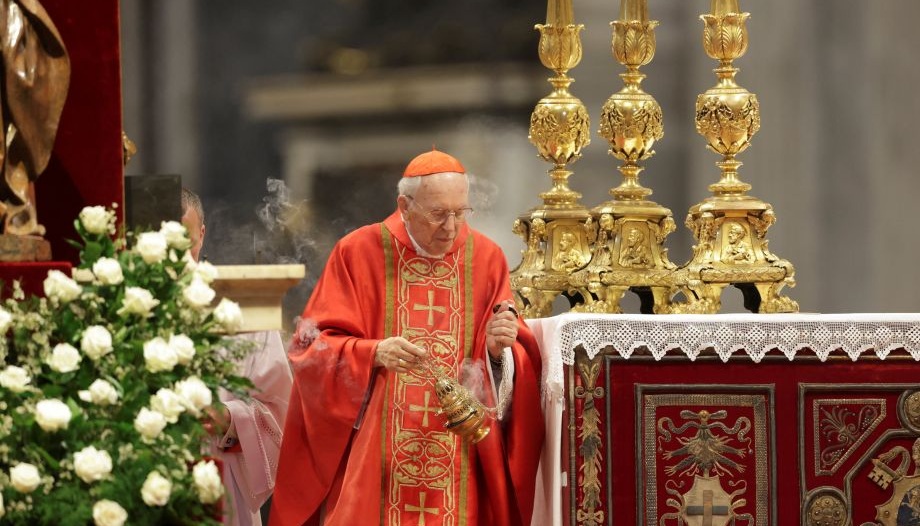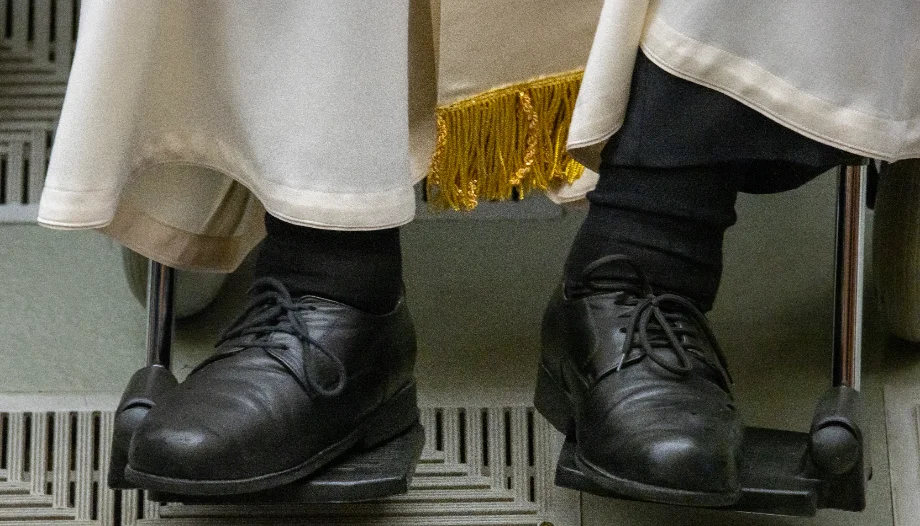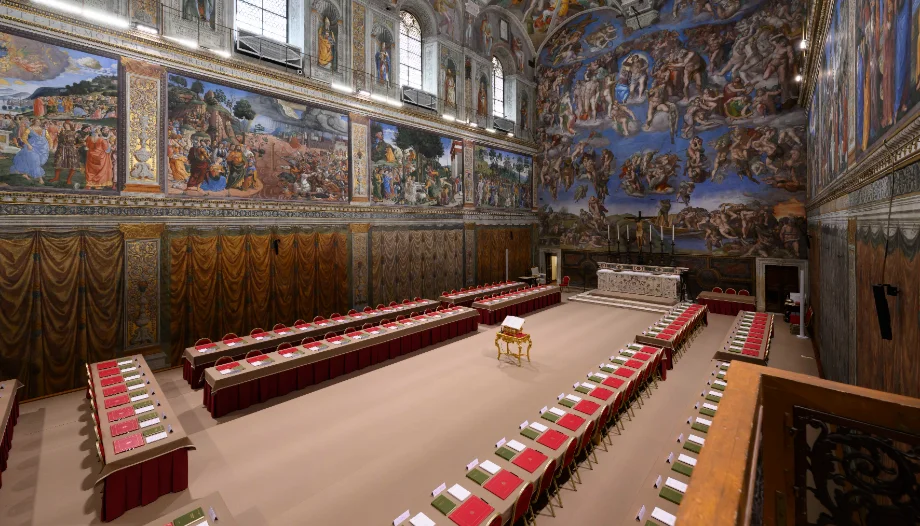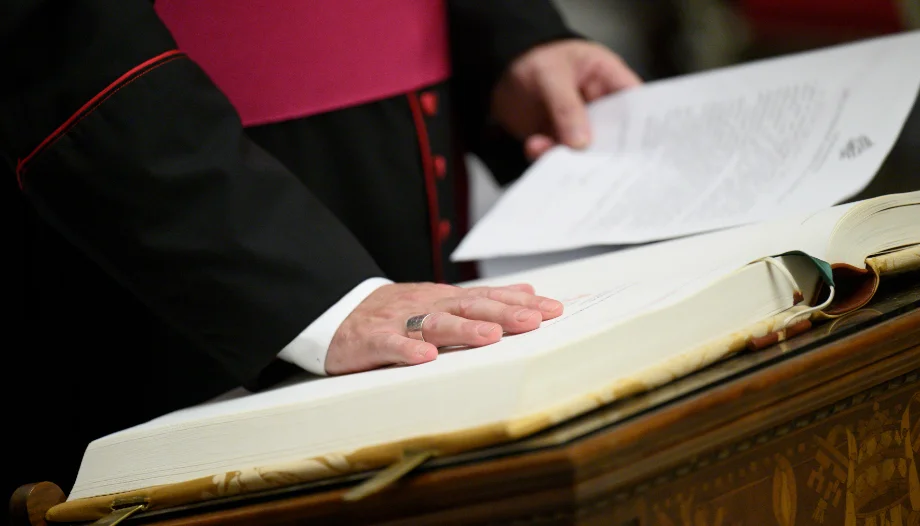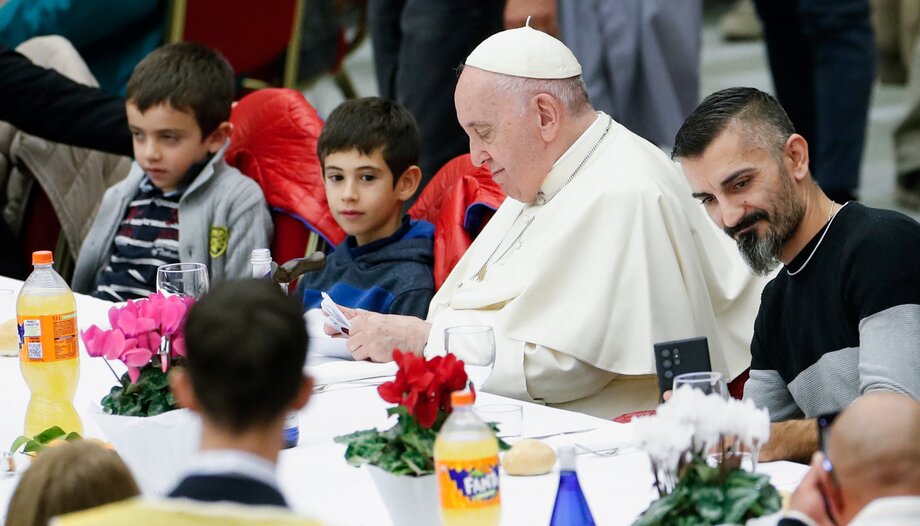What God gives to men for their salvation are not gifts but presents. Certainly, the means of salvation are useful to achieve it. But, over and above its usefulness for what we can achieve is the fact that are present to God. Rather, they are not just a memory, but it is God who is the one who is present in his gifts, which are the sacraments and prayer. It is from that awe and the expectation of an amazing encounter that the Christian should consider the reception of the sacraments: always the same and always different. In this article we will refer to the confession proposing a new way of looking at things. When we relate to objects, or even to animals, we can foresee everything that is going to happen and to control the situation. When the encounter is personal, however, not everything can be anticipated and we must be open to listen to the other and adapt our interactions. If the other is God, openness to surprise is an unavoidable requirement. We cannot go to the sacraments with the expectation that what we already knew will happen, even if we know that the confession of sins will lead to forgiveness. Every encounter with the Creator is ineffable, unique and unrepeatable, even when the penitent, the sins and the confessor are the same.
Revitalization of the confession
John Paul II promoted the recovery of confession by convening a synod and publishing in 1984 the apostolic exhortation Reconciliatio et paenitentiawhere he warned about the loss of the sense of sin and reaffirmed the doctrine of the sacrament of penance. As a result, numerous pastoral initiatives were implemented, such as the extension of confession hours, the recovery of the confessional and catechesis on sin and forgiveness.
Today, although the culture of confession has been revitalized in places where the Polish Pope's proposals were followed, the digital revolution and the accelerated changes in society pose new challenges and opportunities for a deeper understanding of the sacrament. We are living through constant changes that are happening at breakneck speed. In that sense, we can say that we belong to a society that lives accelerated because it must adapt to changes without time to metabolize them.
The postmodern crisis
The pressure of the social and the new has given rise to a new subject. hyperstimulated and, as a consequence, affective illiterate due to their lack of interiority. Although the degree of welfare and the quality of services have increased, it is undeniable that there has been an anthropological crisis, which manifests itself in anxious personalities, deep emotional wounds, loneliness, psychic pathologies and, unfortunately, a suicide rate in young people unknown in other historical periods.
The culture of success has degenerated into a disordered relationship with work and permanent competition with peers. We find a subject emotivist and uprooted.
Consequences for confession
If this cultural situation is taken into account, it is necessary to emphasize the consoling consequence of the sacrament of confession so that it does not become a place of personal frustration. Continuing to stress the need to be concise and concrete in the accusation of faults can have the consequence of deepening the perfectionist voluntarism that characterizes the children of our time.
Goodwill
On the one hand, it is necessary to continue to deepen our understanding of the meaning of sin, as John Paul II warned. Today, we tend to consider freedom without distinguishing between the natural and spontaneous. We think that everything that comes from within us is natural and we do not consider ourselves guilty of bad thoughts or bad intentions. When we perform bad actions, we seek to culprits to whom we attribute the cause of our wrongdoing, or we think that anyone would have acted the same under the circumstances. that took us to be unfair. This is what is colloquially known as goodwill. For example, if I give an aggressive and disproportionate response to a driver who unduly crosses me on the road, I will think that he is to blame for my unfair reaction or that anyone else would have done the same.
Utilitarianism
Moreover, consumerist culture and utilitarian language have transcended the economic and market space and have colonized areas such as education and personal perception. Byung Chul-Han, for example, describes post-modern man as performance subject. Someone subjected to a social pressure of effectiveness and efficiency that leads him to live in front of himself according to the social demands of excellence in results, to the detriment of personal well-being and care for relationships.
From this self-evaluation can be born a conception of the sacrament of confession as a place in which to give an account of the lack of performance, with the expectation of obtaining motivation and strength to continue trying to be socially efficient. Evidently, the distortion that underlies this vision of the perception of personal worth and vocation generates anxious and frustrated Christians who do not feel they are living up to their Christian vocation. This is how Pope Francis' insistence that confession be a place of mercy and not a scaffold of psychic and spiritual torture can be understood.
Consumerism
In addition, consumerist lifestyles extend to the relationship with spiritual means and give rise to the instrumentalization of the sacraments, which are used to solve a problem o fulfill a precept. Sunday Mass is attended as an exchange relationship that eclipses the dimension of the encounter: the precept is fulfilled because of the consequences of gaining eternal life, but there is hardly any participation in the celebration of the mystery of God, listening to his Word, etc. Even the idea of going to Mass "to go to confession and receive communion" is taken for granted.
Something similar to taking advantage of a two for oneeven if the confession is hurried, or during the reading of the Gospel, or even at the consecration. This behavior reveals that, along with the undeniable good intention of the penitent, there is a profound lack of liturgical sense and understanding of the sacrament. One goes to to get something instead of to meet someone.
Narcissism
Another typical distortion regarding the sacraments of our time is the narcissistic attitude in the consideration of sin. The performance subject considers the sin as an error that he should have avoided and recognizes that he did not do it. When he accuses himself of this fault, he may take more account of his imperfection than of the offense against God. In fact, it can happen that he asks forgiveness for errors that do not involve any offense and that he does not take into account sins that are born of a deep wound, because they are not evident in his conduct.
Narcissism moves us to a self-referentiality of which Pope Francis also warns us, in which we fail to distinguish the feeling of guiltwhich is a psychological and personal state, from the consciousness of sin which, starting from the feeling of guilt, refers it to the personal relationship with God and moves from the psychological sphere to the theological dimension of relationship with the Creator. A feature of narcissism is the appearance of asking for forgiveness from oneself. for not having been as it should have been.
Atrophies and hypertrophies
All of these distortions related to the sacrament of confession reveal defects and excesses of the heart of the performance subject who wants to live his Christian life.
The first great defect is the very idea of God. The Christian tends to consider himself as someone who must be up to the task of his condition and, as Calvinists do, attributes to the Creator an expectation of success in professional, family, relational and evangelistic life, on the basis of which he will judge his growth in personal holiness. This mistaken vision of God ends up in a state of spiritual acedia due to hopelessness or in a faint-hearted perfectionist rigidity, which reduces his struggles to what he can control.
The second flaw is the conception of God's grace as an extrinsic aid for to do good that one cannot do with one's own strength. A kind of spiritual vitamin with which to reach higher levels of sanctity. This gives rise to a deep frustration when one realizes that the frequency of sacraments does not improve the results obtained. Then he becomes distressed thinking that his problem is lack of faith, because he does not trust in them with sufficient intensity. Since, evidently, grace is not a substitute for freedom and neither is it what the performance subject In the end, he ends up giving in and trying to synthesize his religious sense and his hopelessness, with incoherent forms of behavior that aggravate the crisis even more. In the end, it translates into a Christianity of form that hides a agnosticism background.
Anguish and fragility of the Christian
The excesses of the performance subject in his relationship with God can be synthesized in one: fear. That is why he goes to confession in an anxious, superficial, reiterative and instrumental way. He is anguished by his sins and wants to wash them away like someone who washes away a stain that reappears. The rite of confession becomes dispensable and he repeats the words as if it were a magic formula to obtain the result he expects. Nor does he seek to open his soul to show it to Christ, but only to say that which afflicts him in the hope of obtaining the result he expects. the magic words of acquittal, for starting over from scratch.
In the face of this fragility, God does not remain indifferent. His love for his children makes him alert and inclines him in their favor. As the helplessness and helplessness of a small child arouses in his parents all the tenderness that moves them to a constant and unconditional care. The question that God asks man is not what you have done but what's wrong with you. This distinction is crucial for understanding confession, because we know what happens to us through the symptoms, which manifest themselves in what we have done. But confession is not an accounting for what we have done wrong, but the search for the what's wrong with me as of what I have done.
From sin to injury
In other words, it is necessary to distinguish (without separating) the sin from the wound to understand that, in confession, God forgives the sins we confess, but kisses the wounds of his children and remains with them. The sins are forgiven but the wounds remain and God in them. Therefore, the expectation of confession is not that one day we will come to avoid them, but that of transforming sin into a place of loving encounter. As a child's illness is the reason why parents bond with him in a more tender, profound and unconditional way, God loves us as a Father who has closer ties with his neediest children.
We must not understand sin as an offense that we can inflict directly on God. There is a gulf between his Being and ours. No matter how great and intense our sins may be, they do not reach damage God's being. The reason why offense exists is that love always expects a response. It is not true that loving is without giving anything in return. Because it is a relationship, it always has the hope of reciprocity. It is true that true love gives itself even if it receives nothing in return, but that does not mean that it does not expect it. This is precisely the vulnerability of the lover: he exposes himself freely to the possibility of being rejected or of not being reciprocated. It is the same logic of the gift: the one who gives it hopes that the other will at least like it or be happy with it. Indifference or rejection of the gift produces offense to the giver. Sin as an offense to God consists in rejecting or not accepting the love he offers us. In giving gifts, God gives himself, as we said at the beginning of this article. In this consists his vulnerability.
The right attitude
Therefore, the right way to go to confession is as one who is about to receive a precious gift from someone who loves him very much. This motivates the confession of sins - after a good examination of conscience, with the opportune distinction in number and kind of mortal sins, etc. - and the opening of the heart to accept the love that God offers. In this way we overcome the vision legalistic of mere accountability and the atrophies and hypertrophies referred to above.
The goodwill has given rise to a typical confusion of our times, which consists in identifying apologizing with asking for forgiveness. These expressions are considered synonymous, when in fact they have opposite meanings. Dis-blame is to acknowledge a harm caused to someone, but to request that it not be imputed to him or her because it occurred for reasons beyond the donor's control. One apologizes when one arrives late for an appointment because of a traffic jam, or a deficient functioning of the transport services, etc. Whoever apologizes is asking for something to which he is entitled: for if he was not at fault, it cannot be imputed to him. It is only fair that it should be granted.
On the contrary, asking for forgiveness arises from the recognition of a fault that is imputable to the agent. The one who asks for forgiveness is begging to be granted something he does not deserve, since he acted unjustly through negligence or malice. So he places himself in a situation of inferiority and appeals to the greatness of heart of the offended party. He will only be able to grant it if he has a love for him. above their faults and accepts with generosity to remit the guilt and cancel the rancor and the desire for revenge, even though the offense may have resulted in irreparable damage. The one who asks for forgiveness humbles himself because he does not claim something that is his due, but a good that he begs for.
The drama of good intentions
The buenist understands that the causes of his bad actions are outside him because, as we have explained before, he confuses the cause with the trigger. This leads him to consider the request for forgiveness as a position of intolerable weakness and the request for apology needs to be filled with arguments, so he does not put the accent on the offense but on the good intention that excuses him. His peace of mind comes more from his own intention not to reoffend than from the love of the one who forgives him. That is why confession manifests and promotes his immature voluntarism, instead of real abandonment to God's mercy.
Kneeling before God, showing our wounds and accusing ourselves of the sins we have committed is deeply consoling because we always find the heart of God ready to forgive and to transform. God does not love us for what we do well but because we are his children and we allow ourselves to be loved. In our struggle to do good things he recognizes our good will and is moved, but he does not need them to love us. He is more concerned that we let ourselves be loved just as we are, without creating an image of ourselves on the basis of what we are supposed to be, we should be.
Be really good
Those who know themselves with sufficient depth and maturity are aware of their precariousness with respect to the desire for fulfillment, aggravated by the infection of sin, which manifests itself in the deviation of the intention and motivations that move them, even when they act well. Thus, he is not surprised to do things apparently good but which, because they are done with bad intentions or for unjust motives, do not make him a better person but a worse one. This distinction between get sth. right y be good is also crucial to understanding the confession.
The reproaches of Jesus to the Pharisees that appear in the Gospel are, for the most part, because they perform good actions, but their heart is not good. The motives are vanity, the exercise of power or contempt for others, even in the fulfillment of their duties or in the exercise of worship. In contemplating their good works they feel worthy of merit and of God's benevolence. Nevertheless, Jesus directs to them the worst invectives and insults: race of vipers, whited sepulchers, woe to you, hypocritical Pharisees, etc.
Undoubtedly, the Christian should strive to do good and to care for the world and for others. However, he should not base his holiness or his closeness to God on this. It is necessary for him to know the deviation of his motivations and intentions when he does bad, indifferent or good things and to realize that this distortion spoils the personal goodness that he intends in his action. There his fragility and the infection of the wound needs the company and a transformation that only God can work.
Beauty after pain
It is precisely in this consideration of his lack of inner beauty that he will find Christ in his Passion as -the most beautiful of men (Ps. 45:3), whose beauty has been eclipsed by sorrow (Is. 53:2). Jesus embodies the merchant of fine pearls who, finding one of great value, sells all he has and buys that pearl (Mt 13:45-47). His sell everything he had is the abasement of the Word of God to his human condition and humiliated to the point of death (Phil 2:5) and the pearl of great value is the heart of the sinner.
The penitent who comes to confession with this vision seeks to feel valued by God made man himself, in spite of the sins that tarnish the pearl that is his heart. He rejoices in the Creator's own unapproachable mercy and despair. He lets God's love be the one to consider him as a man. well in spite of all the evil done. From this grateful amazement will come a natural effort to do things well, but he will not consider the result of his efforts as his worth before God.
The real me
Perfectionism leads us to judge ourselves according to an idealized image of ourselves, generating dissatisfaction. While it is natural to aspire to fulfillment, maturity implies accepting reality with authenticity, as God sees us, who does not demand perfection or efficiency. True maturity does not consist in pretending an unattainable standard, but in presenting ourselves with honesty, understanding that to err and not reach all our goals is not an offense.
The matter of confession is not so much the mistakes as the rupture of the bonds with God or with others. That is to say, the disorder of loves. The unreal self-image makes it impossible for the penitent to meet with God because he himself is absent in this encounter. He does not appear but a false image of himself. There is no encounter there, but only an appearance. That is why there is no consolation either, but anguish.
Examining the conscience
The questions offered as an examination of conscience can serve as crutches for those who are lame. They are a valid aid for those who have no skill or habit in dealing with God, but they are useless or even counterproductive for those who are healthy. To use crutches when one can walk well reduces one's step and impedes a harmonious movement of the body.
In the same way, those who examine their conscience from a list of sins do not reach the motivations and intentions that gave rise to apparently good actions, but which soiled their heart and broke personal bonds.
From a sense of guilt to a consciousness of sin
The sense of guilt must be subjected to examination, which is what discernment consists of, starting from significant personal relationships. That is to say, to pass from the sense of guilt to the consciousness of sin, for the offense to God or to others that can reveal (or not) this feeling of guilt.
The postmodern Christian is affected by affective wounds and internal tensions, subjected to rhythms of work and life that exceed his capacity to adapt and immersed in a culture of competition against his peers. He runs the risk of interpreting his relationship with God in an individualistic and narcissistic way and, as a consequence, of turning to the means of salvation with a mentality and expectations that do not respond to God's mercy.
Pastoral care of a healing confession
There is an urgent need to rethink evangelization without undermining the integrity of dogma and Catholic doctrine, but rather by clarifying aspects of the mystery of God's relationship with mankind that do justice to God's love for mankind: "We have known and believed in the love that God has for us." (1 Jn 4:16). This emergence requires a pastoral ministry that is very centered on Jesus Christ, that gives priority to relationship over exchange, that endows the faithful with a deep liturgical sense and that is based on an anthropology in which the be is before the beand the be before the make. The faithful should not seek something in God, but to someone.
The rite as a splendor of mercy
The same is true when a man proposes to his girlfriend. Information is not enough. It is necessary to express the intensity and importance of the moment in an appropriate landscape, kneeling down, offering a ring, etc. These actions allow to experience intensely and vitally the affective and projective union of these people. The rite of confession, like that of the Mass, is a beautiful gesturalization of the encounter between the penitent and God. Words are taken from encounters between St. Peter and Jesus that marked biographically the life of the first Pope. The penitent, kneeling, hears from the priest that the event of his forgiveness takes place in his own heart. Moreover, the formula of absolution appeals to the Trinity, the Virgin Mary, the saints, etc., and is imparted in the name of the Father and of the Son and of the Holy Spirit. The same name in which we were baptized. All these phrases are not a protocol to be followed, but the symbolic expression of the event of the encounter. It is worthwhile to prepare the confession from these expressive scenes of the Gospel and meditating on the formula of absolution. In this context, the confession of sins is joyful and consoling, because the penitent experiences the forgiveness of offenses and the kiss on his wounds. He leaves comforted, consoled and desirous of living always united to his Lord.
Fragile children of a vulnerable God
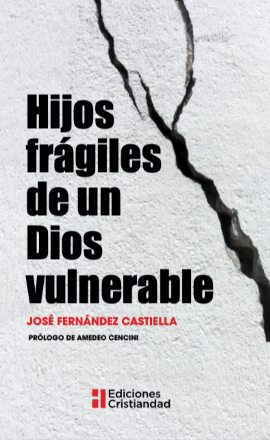
AuthorJosé Fernández Castiella
EditorialChristianity : Christianity
Year: 2025
Number of pages: 172
Language: English




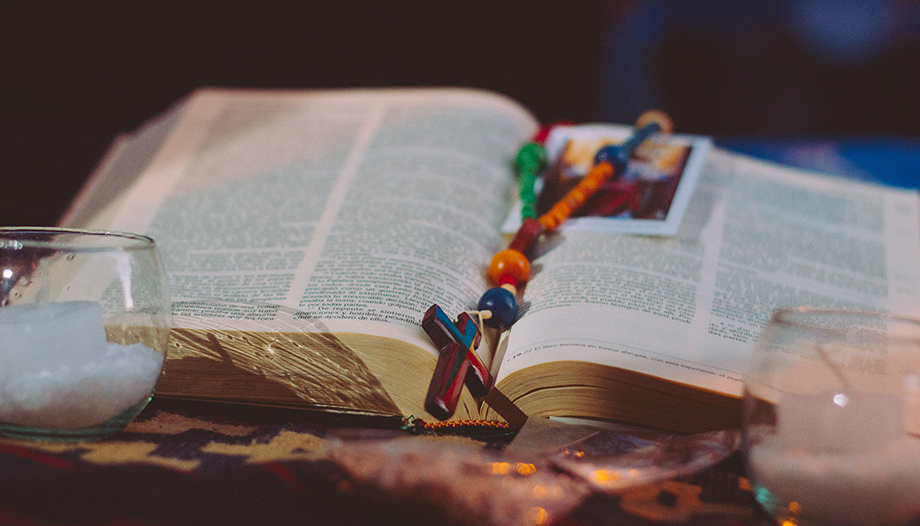
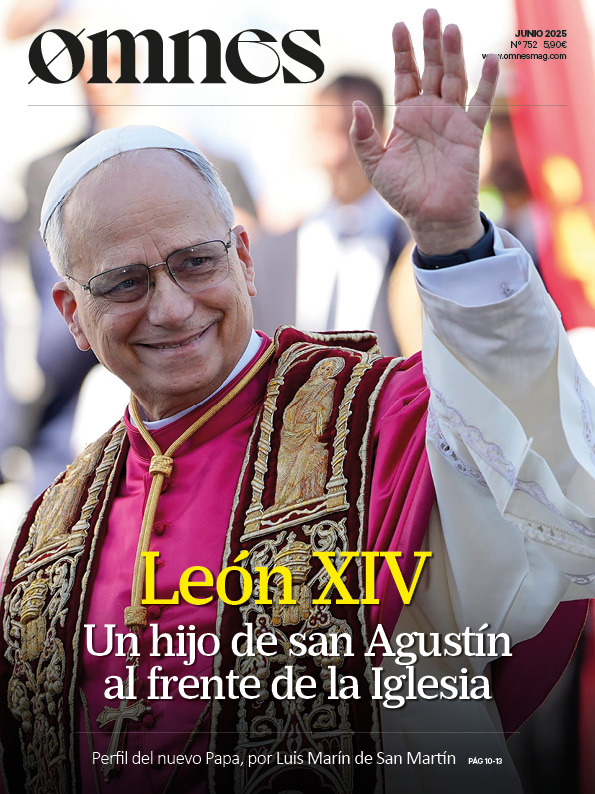


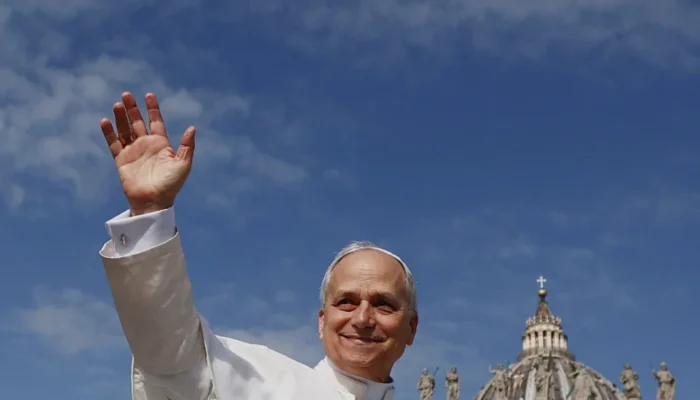
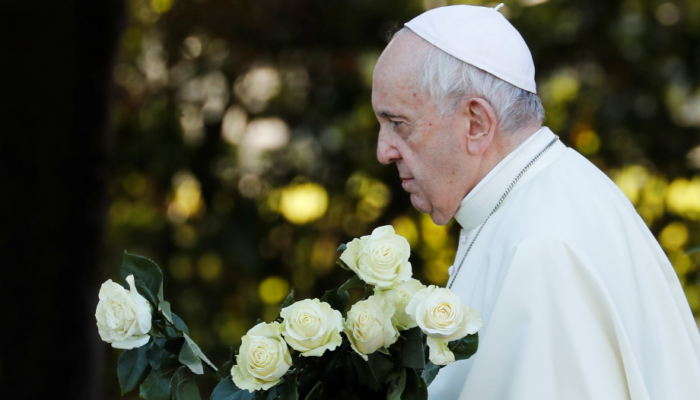

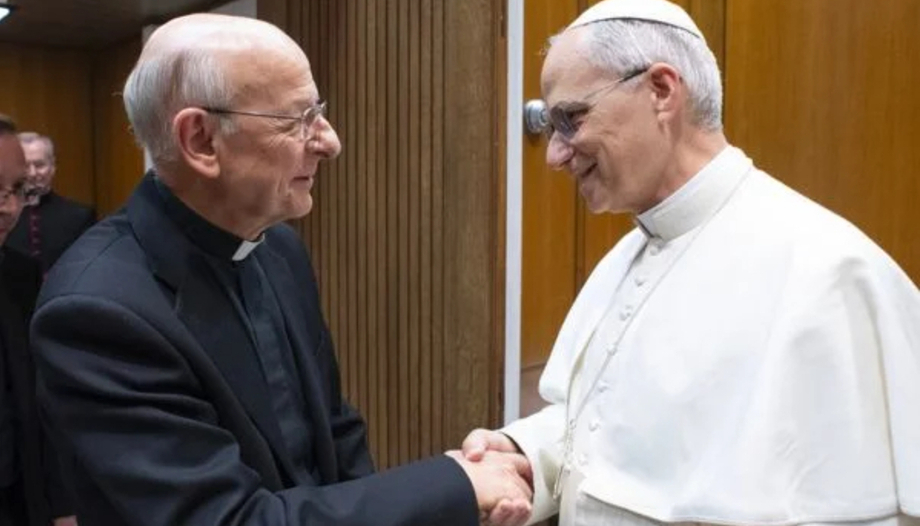

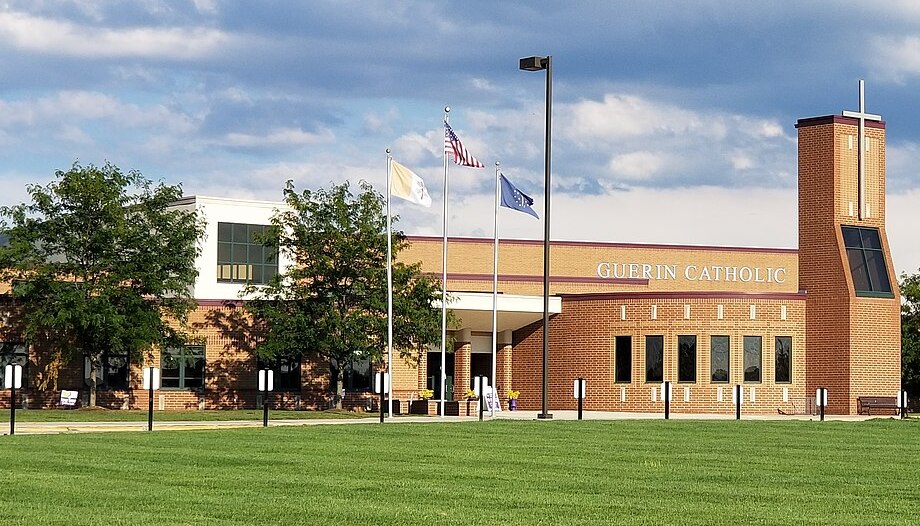
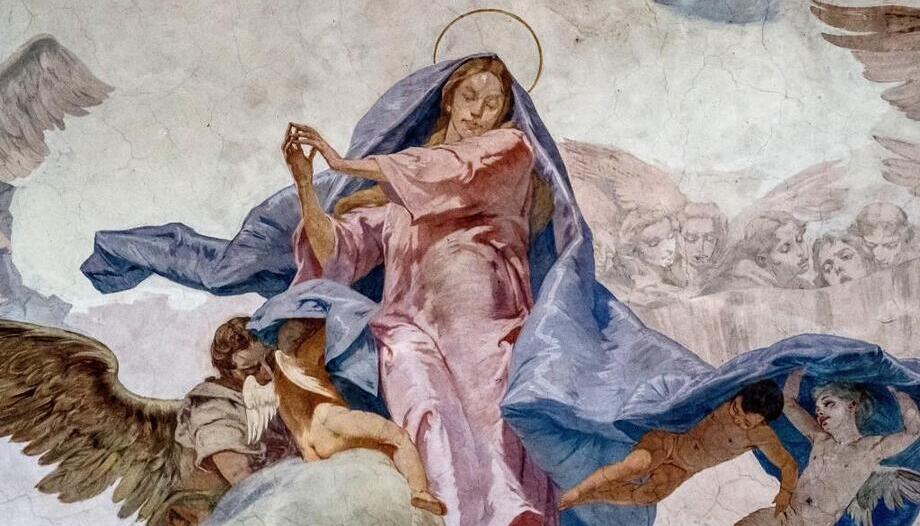
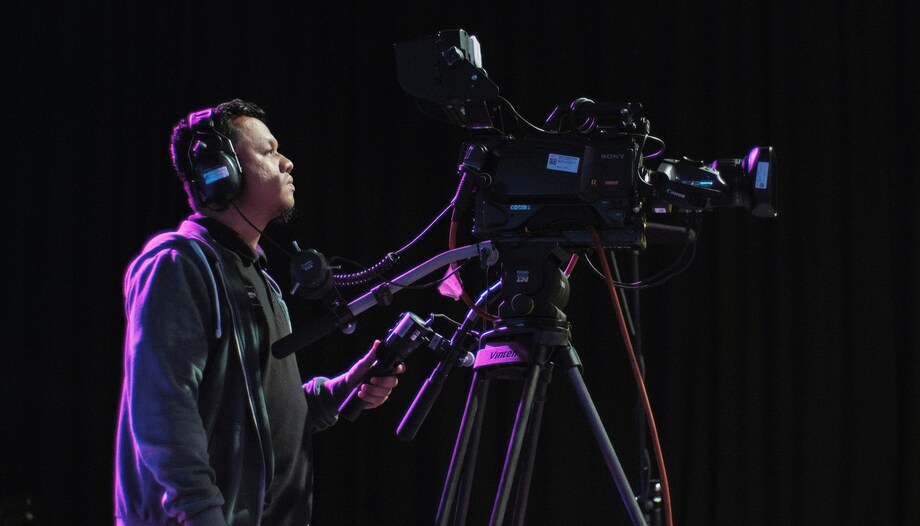
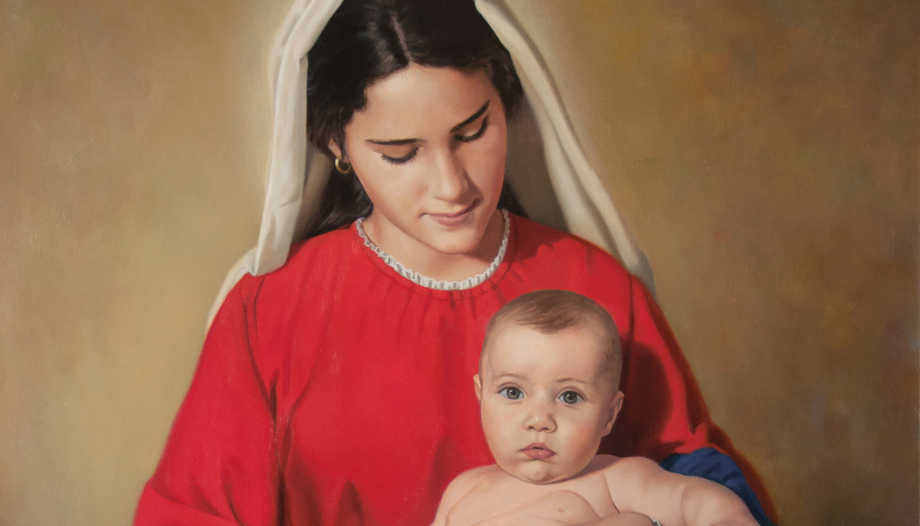
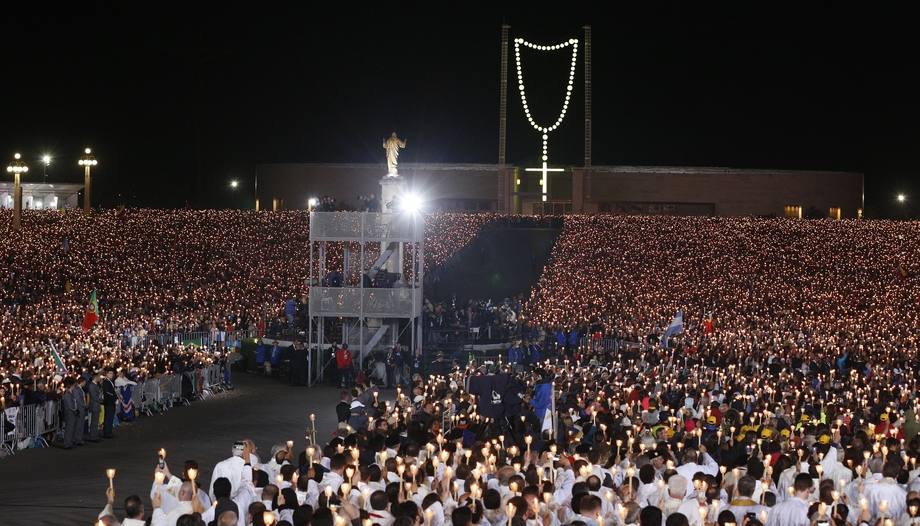


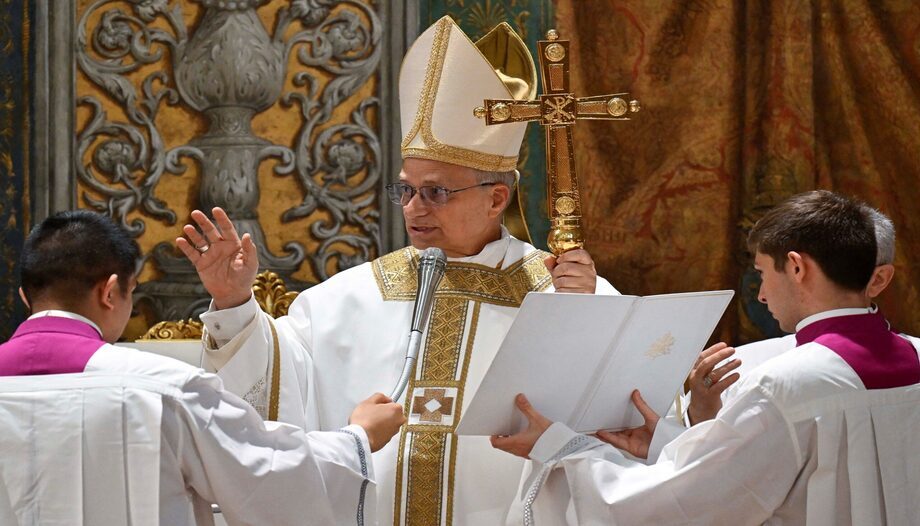

 Biographical profile of the Pope
Biographical profile of the Pope